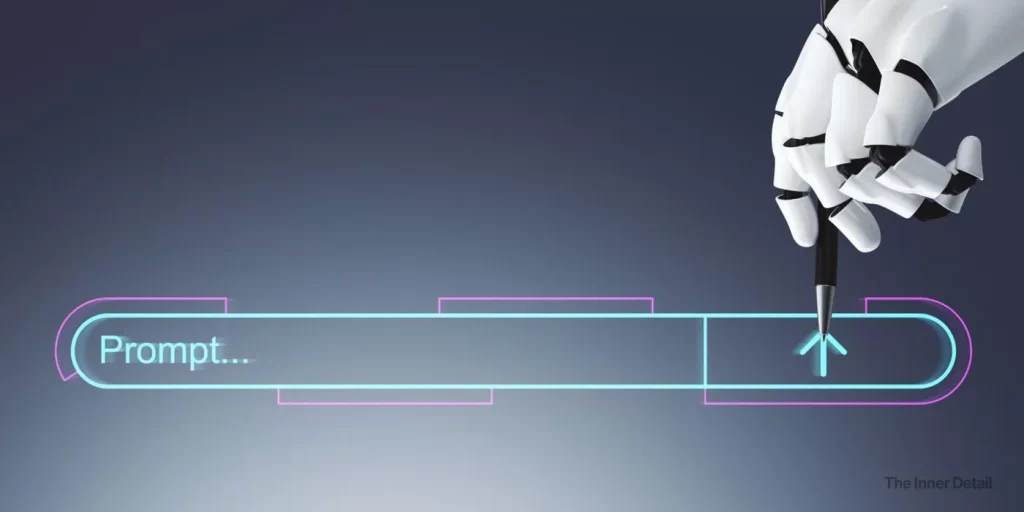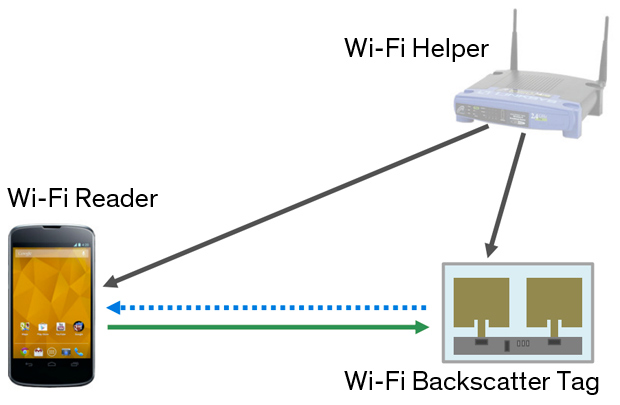Generative AI tools are transforming how we work and create, but simply using them isn’t enough to harness their full potential. To truly excel, you need to become a Prompt Engineer, mastering the art of communicating effectively with these powerful models.
It’s about more than just typing a question; it’s about crafting precise instructions that guide the AI to deliver optimal results. By understanding how to structure your prompts, provide context, and specify desired outputs, you unlock the AI’s ability to generate high-quality, relevant, and creative content tailored to your exact needs.
This strategic approach to prompting ensures you’re not just using AI, but truly collaborating with it.
What Makes a Prompt Engineer “Pro”?
A “pro” prompt engineer goes beyond basic queries to craft inputs that are specific, relevant, and high-quality. While a normal prompt might be “Write a story,” a pro prompt provides crucial context, desired format, tone, and constraints, such as “Write a fictional story about a boy who experiences bullying at school, overcomes his social challenges, and develops self-confidence”. This level of detail ensures the AI understands your intent clearly. Subtle differences in prompt format, structure, and content can profoundly affect AI responses.
Key Techniques for Pro Prompt Engineering
Mastering prompt engineering involves understanding the AI’s nuances and applying specific strategies. Pro engineers know how to:
- Be Clear and Specific: Avoid difficult language and ambiguity. Make clear, explicit, and actionable requests.
- Include Context: Provide background information or relevant parameters to help the model generate more accurate and relevant responses.
- Specify Response Format: Clearly state how you want the output structured (e.g., bullet points, essay format).
- Define Tone and Complexity: Guide the AI on the desired tone (formal, conversational) and complexity level (for beginners, experts).
- Provide Examples: Including examples of the desired quality, style, format, or tone can help the model tailor its responses effectively.
- Structure Prompts with Step-by-Step Instructions: Breaking complex tasks into simpler steps helps the AI process information logically and produces more coherent answers.
- Use Role-Based Prompts: Ask the AI to “Act like” someone (e.g., “Act like a history professor”) to influence its perspective and expertise level.
- Set Output Constraints: Include guardrails on factors like word counts or length goals.
- Experiment and Iterate: Prompt engineering is an iterative process. Test different phrasing and structures, and refine your prompts based on the results.
- These techniques are vital for maximizing AI efficiency and getting better, more predictable results.
Examples of Normal vs Best Prompts
| Normal Prompt | Best Prompt by a Prompt Engineer |
|---|---|
| “Write about a smartwatch.” | “Role: Act as a seasoned copywriter. Task: Write a compelling, concise product description for our new ‘AuraFit’ smartwatch. Context: The AuraFit features include heart rate monitoring, sleep tracking, GPS, 7-day battery life, and compatibility with both iOS and Android. Its target audience is fitness enthusiasts and tech-savvy individuals aged 25-45. Tone: Enthusiastic and slightly premium, but accessible. Format: A single paragraph (max 100 words) for an e-commerce website product page, highlighting key benefits over features. Example of Desired Style: ‘Track your goals, stay connected, and live smarter with the revolutionary [Product Name]. Constraint: Avoid technical jargon where possible, focus on user experience.” |
| “Explain quantum physics.” | “Task: Explain the core concepts of quantum physics. Audience/Complexity: Tailor the explanation for someone with no prior scientific background, aiming for a high school freshman’s understanding. Tone: Conversational and engaging, like a friendly science teacher. Format: Use bullet points for different concepts, each no more than two sentences. Example of Desired Explanation Clarity: Instead of ‘wave-particle duality,’ explain it as ‘things acting sometimes like tiny balls and sometimes like ripples in a pond. Constraint: Do not use complex mathematical equations or advanced terminology. Start with an analogy to make it approachable.” |
| “Give me blog post ideas about sustainable living.” | “Role: Assume the role of a content strategist for a popular sustainable living blog. Task: Brainstorm 5 unique and actionable blog post ideas that resonate with environmentally conscious individuals looking to reduce their carbon footprint. Context: Our blog’s audience is primarily young adults (20-35) interested in practical, budget-friendly tips for eco-friendly living at home. Specificity: Each idea should include a compelling title, a brief 1-2 sentence description of the content, and a primary keyword phrase. Format: Numbered list. Example of Desired Idea: (See full example in previous response) Constraint: Ensure ideas are distinct and not overly generic.” |
| “Summarize this abstract: [Paste Abstract Here]” | “Task: Summarize the provided research paper abstract. Context: The abstract discusses [briefly mention the general topic, e.g., ‘a new battery technology for electric vehicles’]. Audience: A general audience, such as someone reading a popular science magazine, not a specialist. Format: A single paragraph, approximately 70-80 words. Tone: Informative but easy to understand, avoiding academic jargon. Constraint: Focus on the main finding, its significance, and potential real-world implications, avoiding technical details or methodology. Abstract to Summarize: [Paste Your Actual Abstract Here]” |
| “Write a Facebook post for our event.” | “Task: Create a short, engaging social media post announcing our upcoming virtual ‘Future of AI’ summit. Platform: Optimized for LinkedIn. Context: (Event details as provided in previous response) Tone: Professional, exciting, and forward-looking. Format: A LinkedIn post including 2-3 relevant hashtags. Constraint: Keep it under 150 words. Use emojis sparingly for emphasis. Highlight what attendees will gain.” |
It doesn’t mean for every prompt you may have to type a long passage for getting an appealing response. But for cases where it’s essential, you may have to. You can also dedicate a chat for a particular purpose and train the AI to give responses in the prescribed way for that chat alone. Read more about it here.
Where to learn Prompt Engineering in deep?
The good news is that resources are available to help you develop these skills. Though there are online-courses in Coursera, Udemy and more, you can also find few pages where you can learn for free. Say for example, Google drafted a complete guide on “Prompt Engineering: overview and guide”, which might be very useful for beginners. If you want to explore more, you can see this article by GeeksforGeeks.
Mastering prompt engineering is an essential skill in the age of generative AI. By learning how to craft effective prompts, you can unlock the full potential of these tools, increasing accuracy, saving time, and pushing creative boundaries.
Join our community by subscribing to our Weekly Newsletter to stay updated on the latest AI updates and technologies, including the tips and how-to guides. (Also, follow us on Instagram (@inner_detail) for more updates in your feed).
(For more such interesting informational, technology and innovation stuffs, keep reading The Inner Detail).





